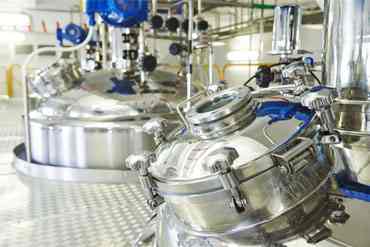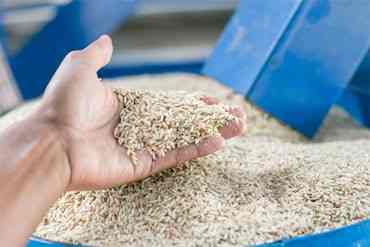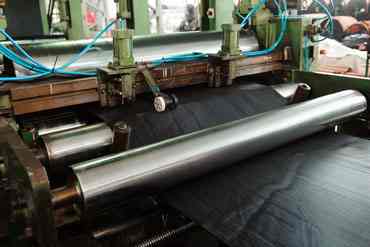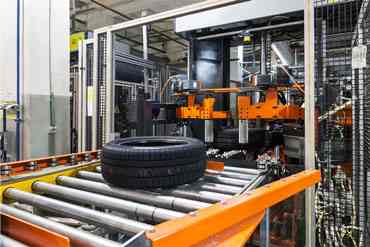How UKL Steam Trap work
Uni Klinger Thermostatic steam traps, in general, operate based on the temperature difference between steam and condensate. These traps use a thermostatic element, often a bimetallic or wax-filled element, to open and close a valve.
Working principal Uni Klinger Thermostatic steam trap, Its work in 6 stages as below
Start-Up Phase: When the steam system is started, the thermostatic trap is closed. In this state, the trap prevents both steam and condensate from passing through.
Heating Phase: As steam flows into the system, it heats up the thermostatic element inside the trap. The element expands or undergoes a phase change (in the case of wax-filled elements) in response to the increase in temperature.
Opening the Trap: As the thermostatic element expands or undergoes a phase change, it exerts force on a valve mechanism, causing the trap to open. This allows both condensate and steam to pass through.
Condensate Removal: Condensate, which forms as a result of the heat transfer from steam to the process, is drained out through the open trap.
Cooling Phase: When there is a decrease in temperature (due to a decrease in steam flow or a cooling process), the thermostatic element contracts or solidifies, depending on the type of element used.
Closing the Trap: The contracting thermostatic element closes the trap's valve, preventing the escape of steam while still allowing condensate to be discharged.

 Aerated Concrete Block Industry
Aerated Concrete Block Industry  Brewery Industry
Brewery Industry  Captive Cogen Industry
Captive Cogen Industry  Chemical Industry
Chemical Industry  Dairy Industry
Dairy Industry  Edible Oil Industry
Edible Oil Industry  Fertilizer Industry
Fertilizer Industry  Hotel Industry
Hotel Industry  Pharma Industry
Pharma Industry  Rice Industry
Rice Industry  Rubber Industry
Rubber Industry  Soap Industry
Soap Industry  Sugar Industry
Sugar Industry  Textile Industry
Textile Industry  Tyre Industry
Tyre Industry